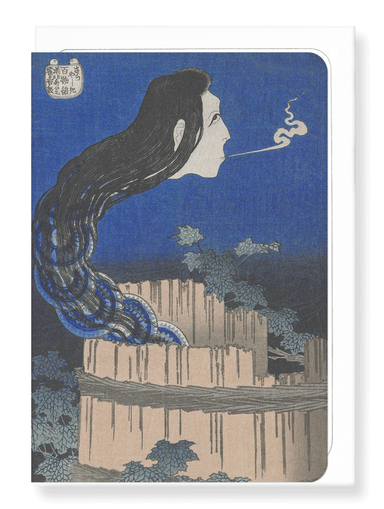Greeting card

KIMONO OF CHERRY BLOSSOM AND DRUM (1899)
Text on the reverse side:The blooming of cherry blossoms is enjoyed by many in Japan, but only for a short period every year, reminding us to fully...
View full details



































